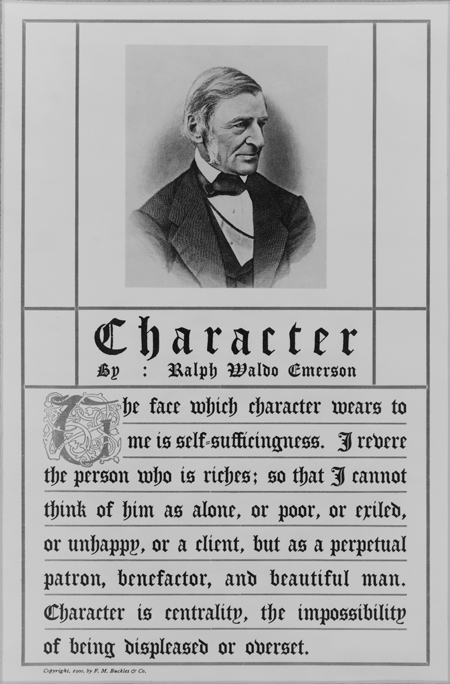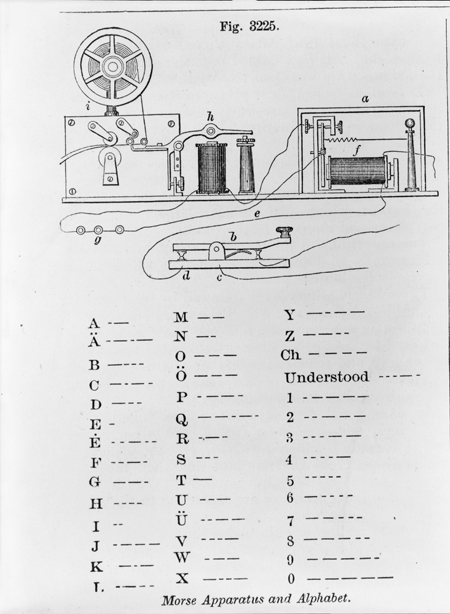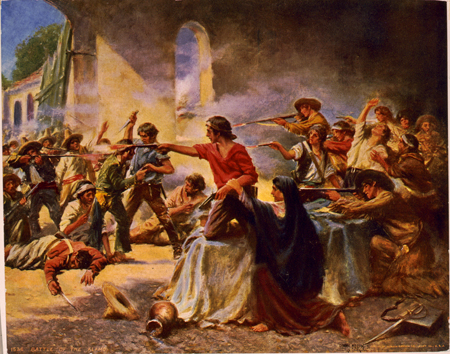Today in History: James Polk
Today in History–November 5–the Library of Congress features James K. Polk, elected president of the United States on this day in 1844. Not so well known, Polk’s victory by a narrow margin over Whig candidate Henry Clay was a surprise. A proponent of western expansion, Polk oversaw the addition of Texas and the acquisition of territory…

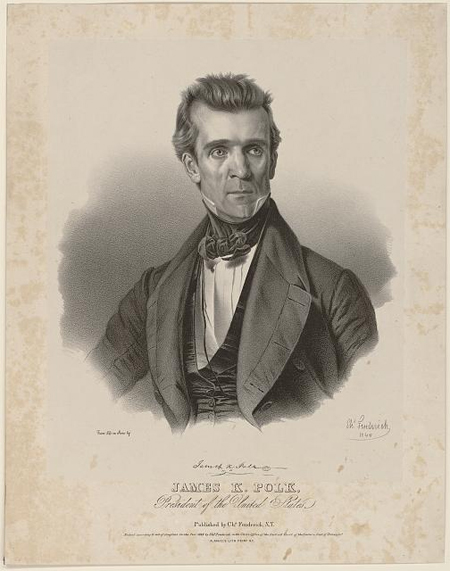
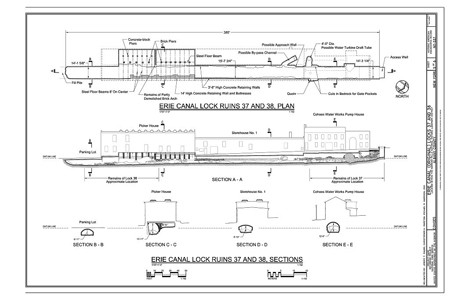
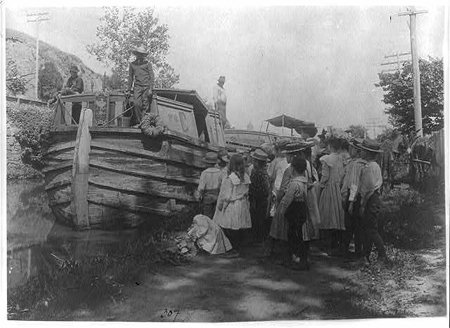
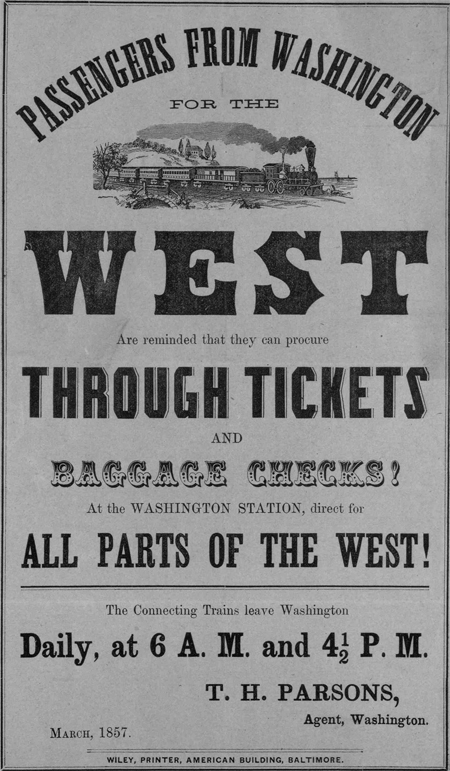
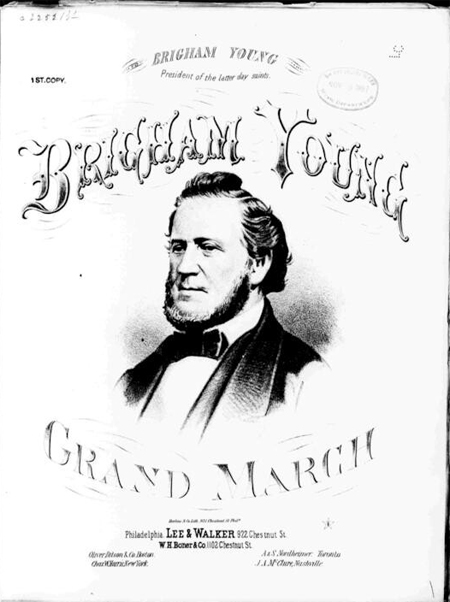
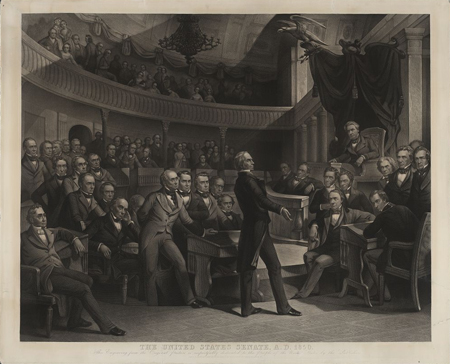
![Indian territory [1887]: compiled from the official records of the records of the General Land Office and other sources under supervision of Geo. U. Mayo.](https://primarysourcenexus.org/wp-content/uploads/2012/06/INTerritory.jpg)
